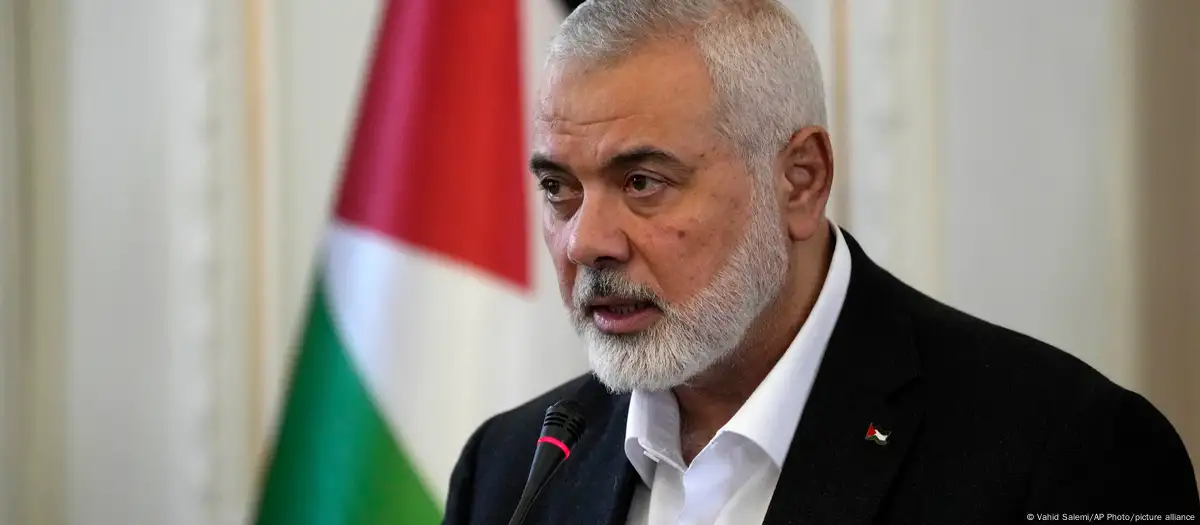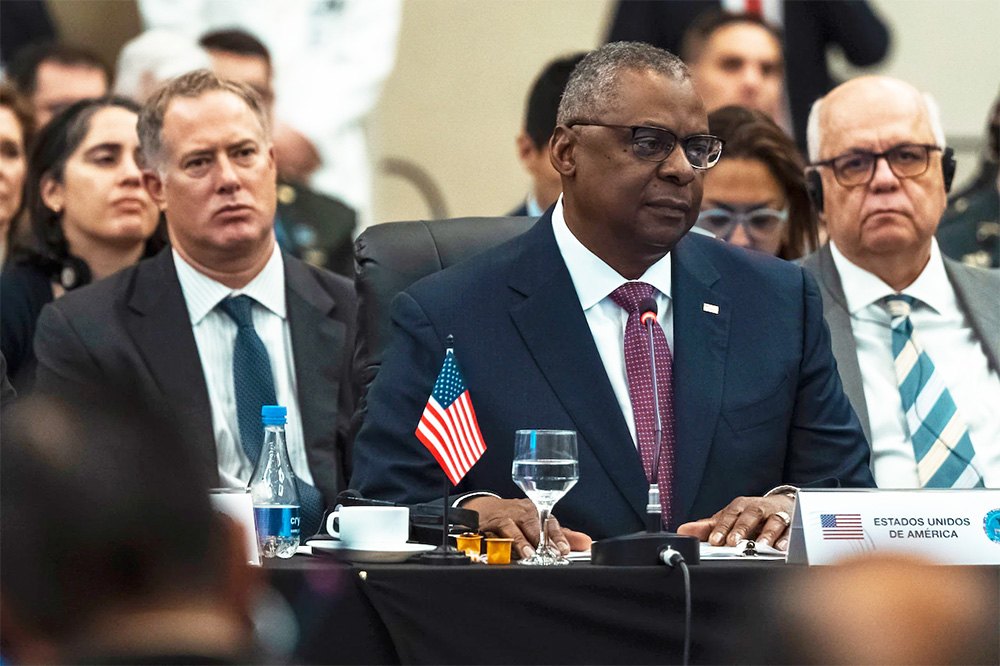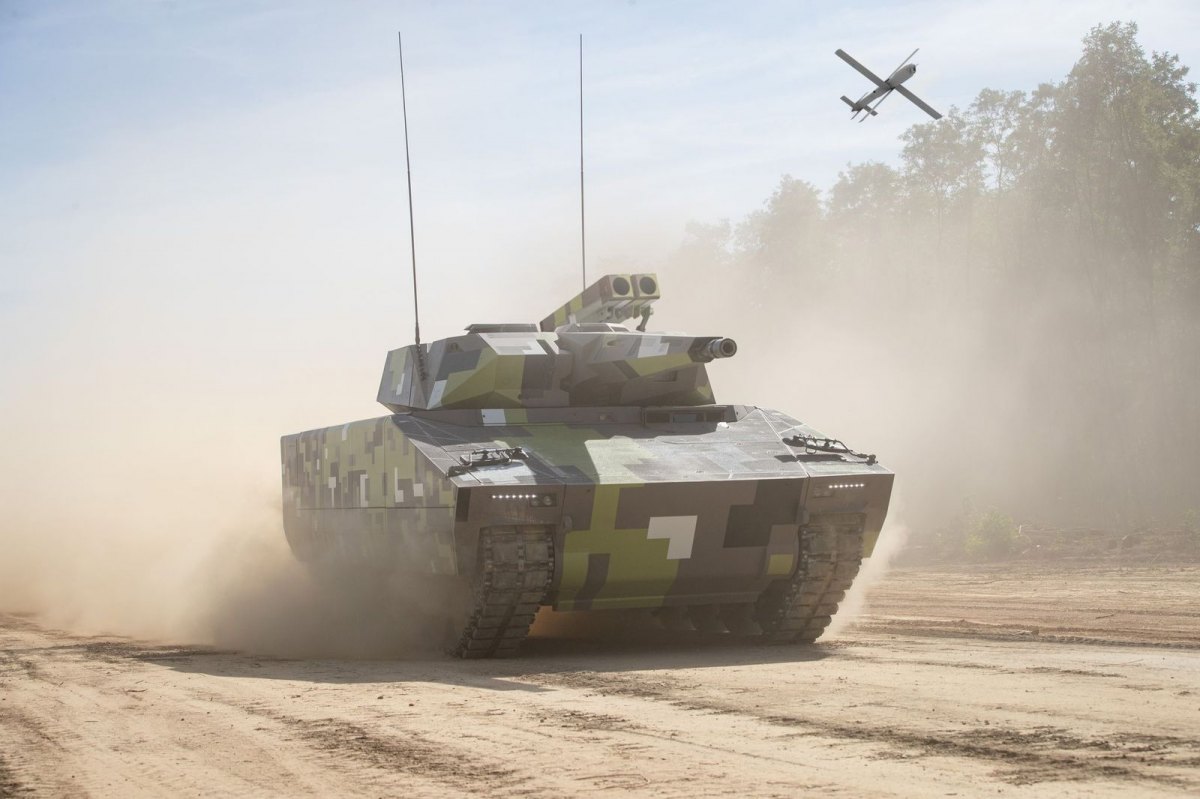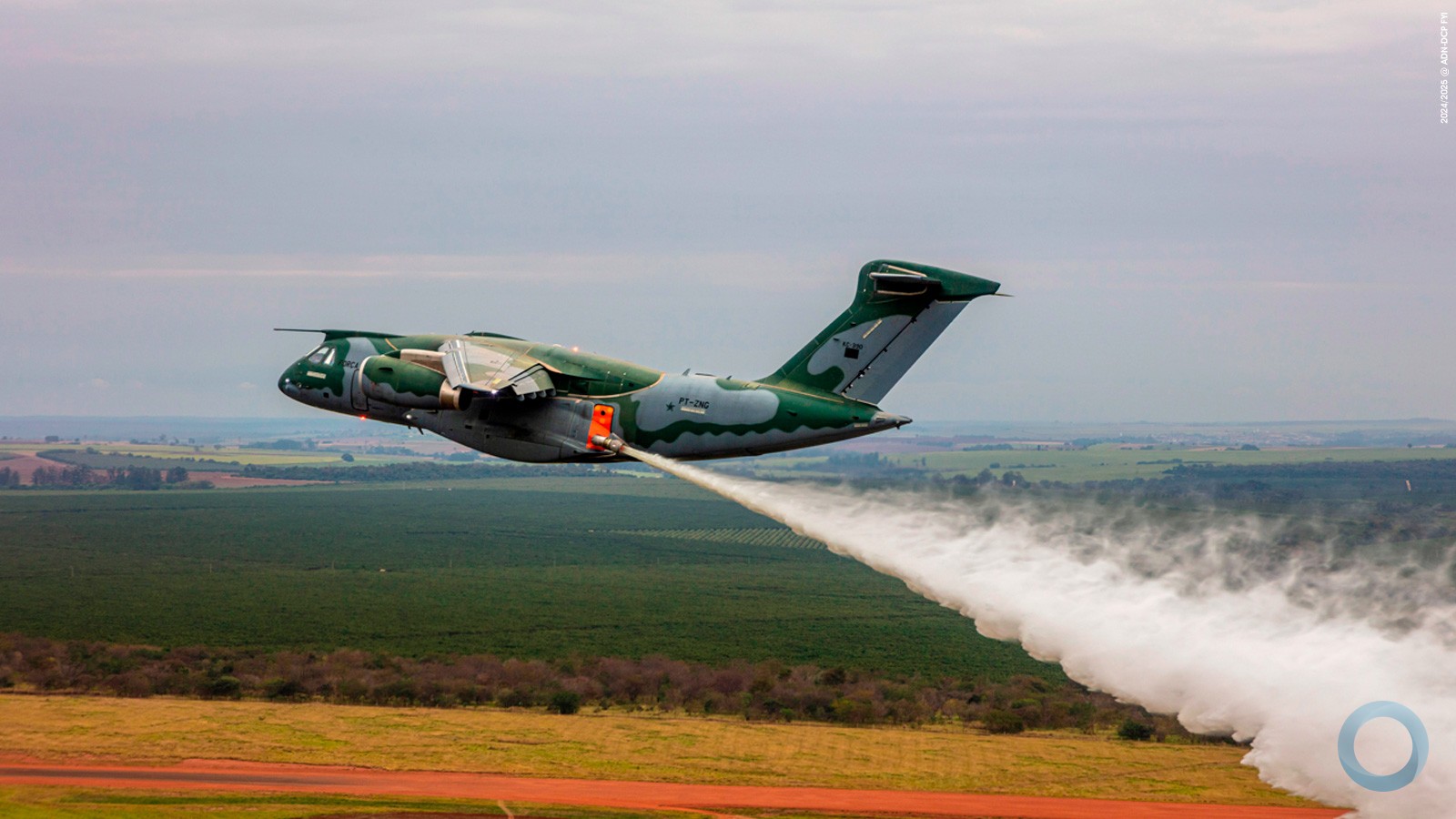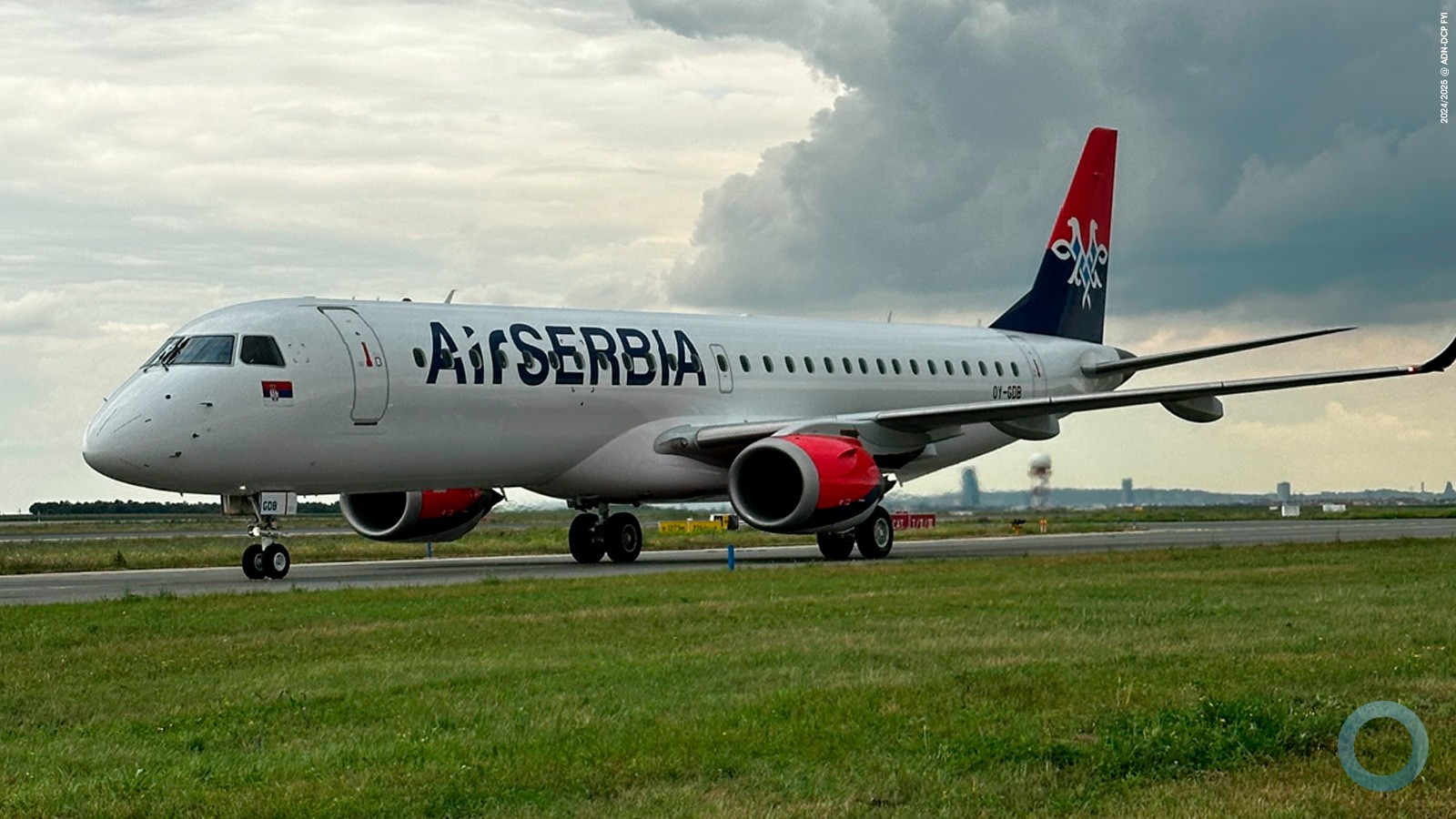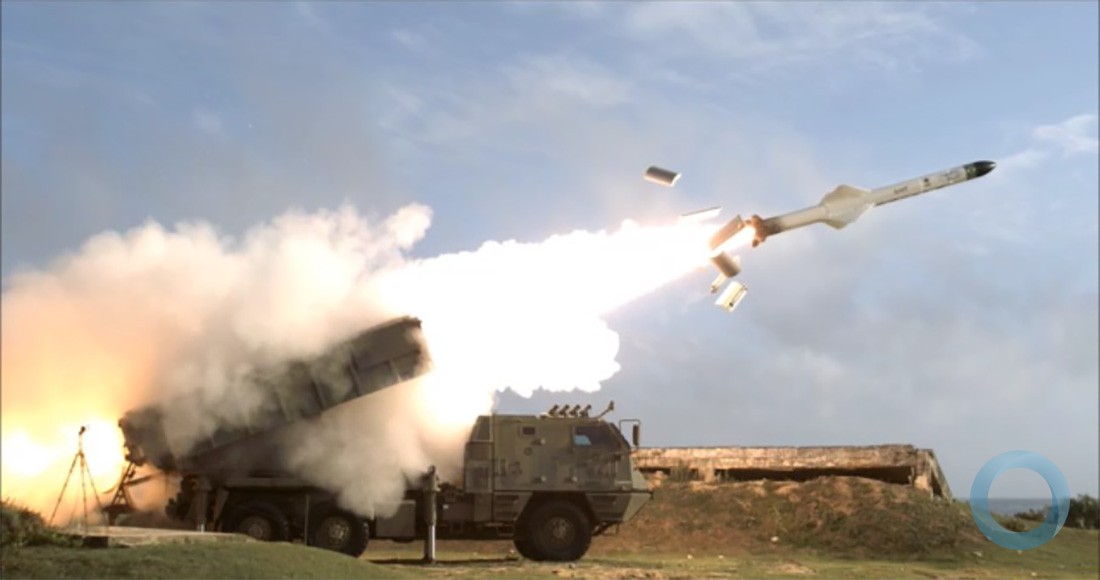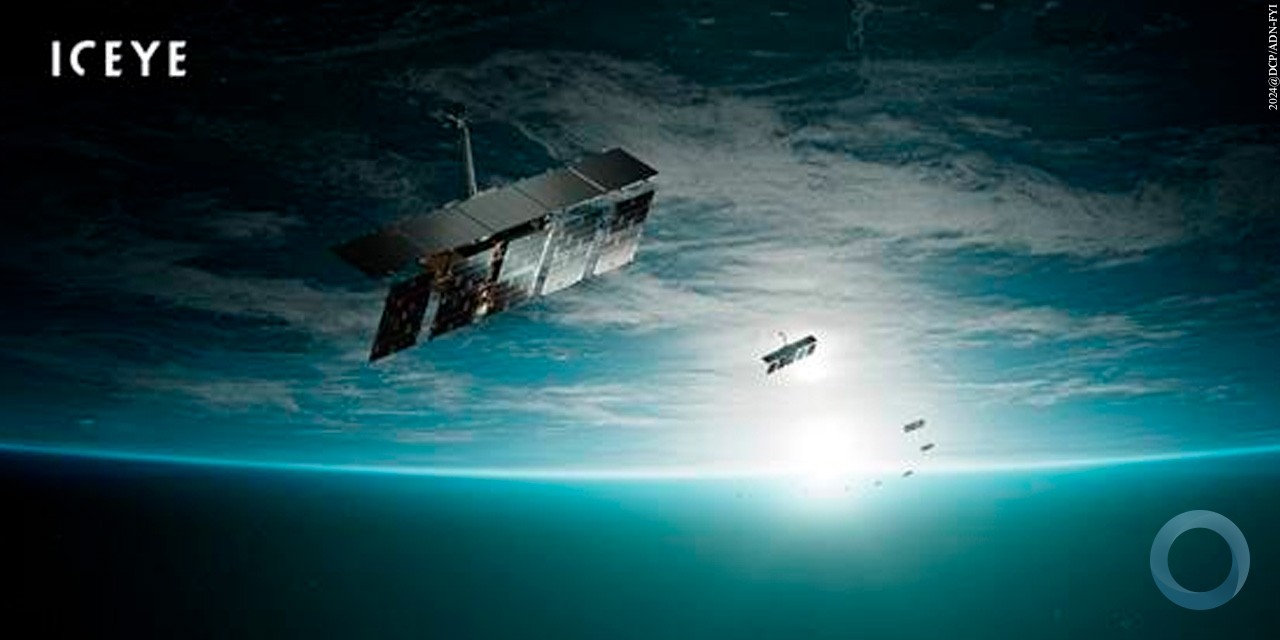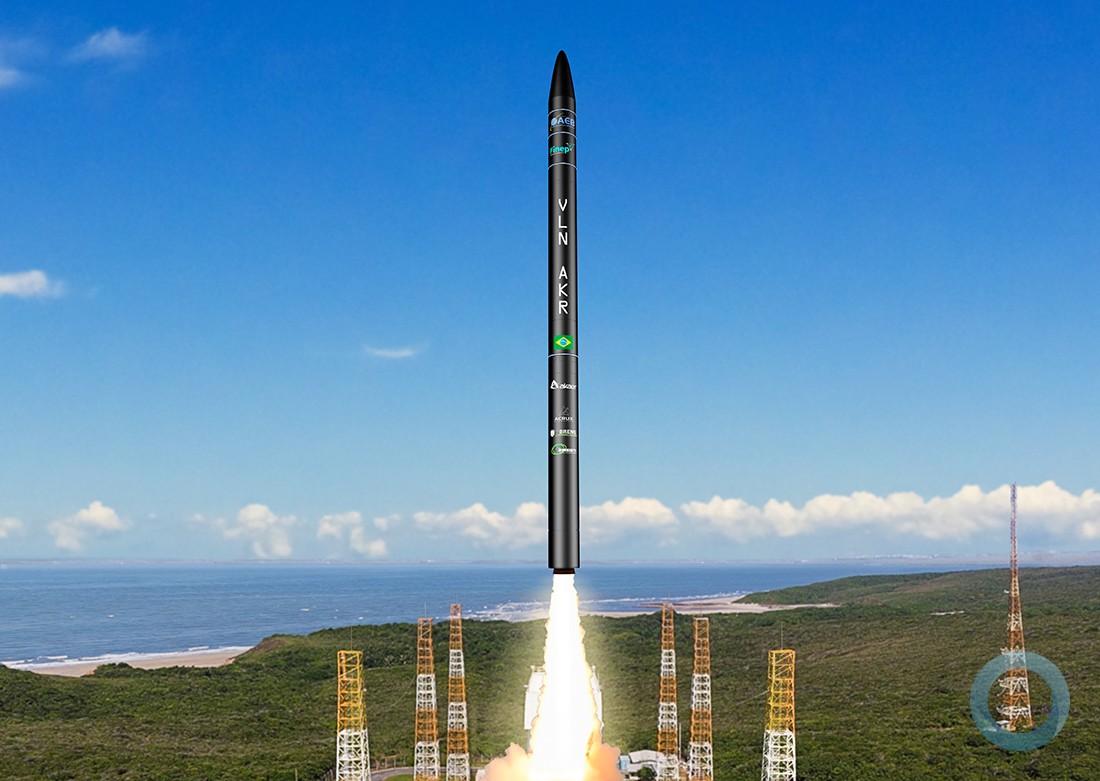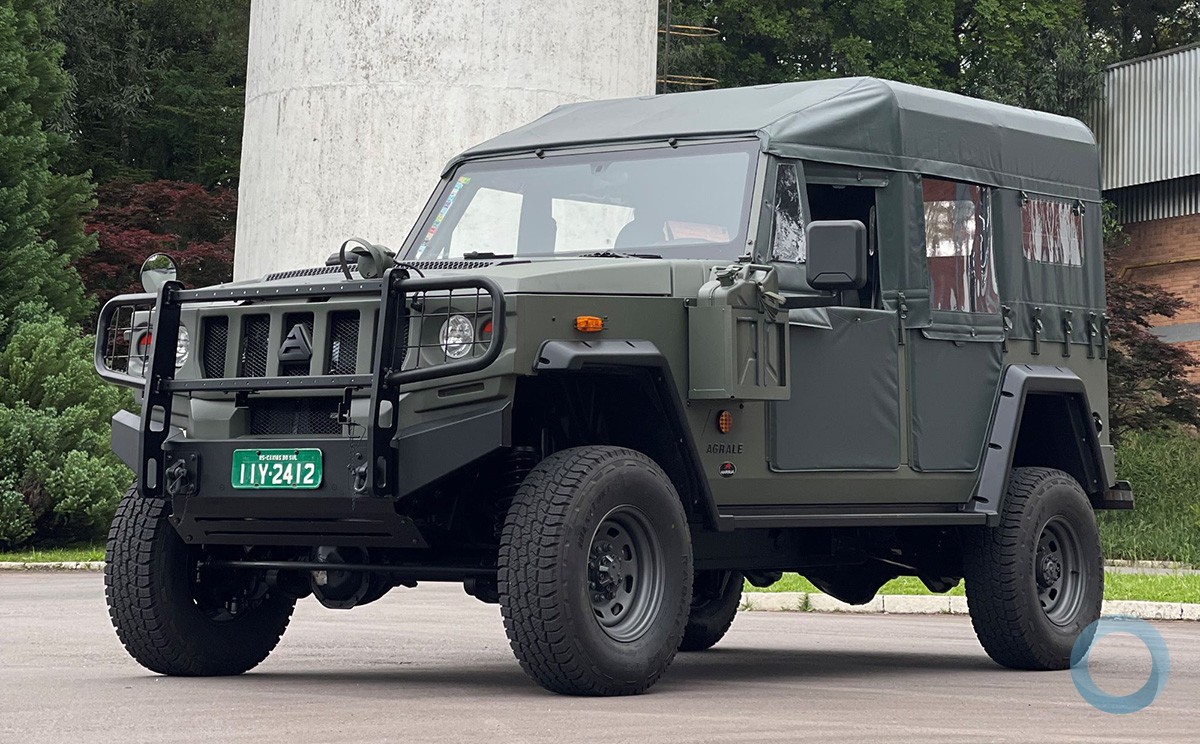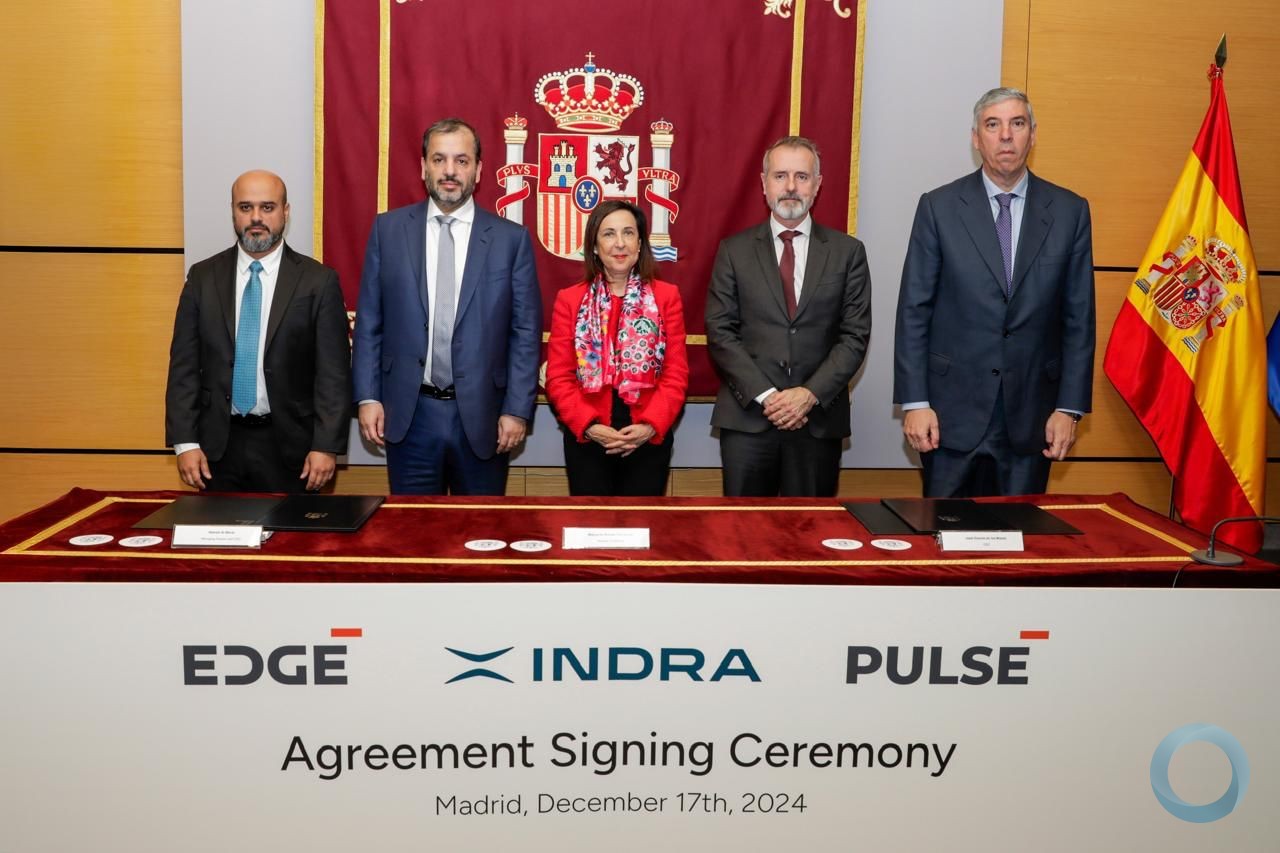By Nikolaj Nielsen
Source – EUobserver.com
Italy’s largest aircraft carrier, the Cavour, is spearheading an EU-led naval operation to monitor and then crush migrant smugglers in the Mediterranean.
More than a dozen military assets including warships, helicopters, reconnaissance planes, submarines, and drones are also moving into position near Libya as part of a risky operation called EUnavfor Med.
Belgium, Finland, France, Germany, Greece, Hungary, Italy, Lithuania, Luxembourg, the Netherlands, Slovenia, Spain, Sweden, and the UK are supplying the weapons.
Speaking to reporters in Luxembourg on Monday (22 June), the EU’s foreign policy chief, Federica Mogherini, said the first phase will be launched in the next few days.
“This covers information gathering and patrolling on the high seas to support the detection and monitoring of smuggling networks”, she said.
She noted that the targets are not migrants but “those who are making money on their lives and too often on their deaths”.
The formal announcement comes just two days after World Refugee day.
Estimates suggest the majority of those making the perilous sea journey this year are from wartorn countries such as Afghanistan, Eritrea, Somalia, and Syria.
Over 50,000 made it to Italy so far, with most being plucked from the sea by merchant vessels (14,769) compared to the EU’s Triton mission (3,483), according to the Italian coast guard.
But fears are mounting that the EU’s naval campaign could put people in the cross-fire.
Libya has no functional government but was still able to launch jet fighter attacks on an oil tanker near the city of Sirte earlier this year. In January, a Greek-operated oil tanker was also bombed in Libya's Islamic State-held port of Derna.
The EU is hoping for a UN Security Council resolution to scale up its operation, allowing EUnavfor Med to move into Libyan waters, but is meeting resistance from China and Russia.
It also wants a unity government formed in Libya to help resolve the issue.
“I think it is quite clear that on one side the work in the UN and the work on the ground in Libya to reach a unity government go somehow in parallel. Our work on the naval operation can in any case start within the limits of international law,” said Mogherini.
The operation’s intelligence gathering phase is the first of three phases. The second and third phase involve the search and seizure of boats and are the most risky in terms of possible causalities.
The Cavour, commanded by rear admiral Enrico Credendino, has also been cleared of jet fighters to make space for a “robust hospital”.
“In phase one, we will not operate fighter aircraft”, said a senior EU diplomat.
He said the Cavour was chosen because “we need a big command control platform”.
The EU senior diplomat said the naval operation “will not enter the territorial water of Libya in phase one" but noted mission planners were prepared for whatever events could take place.
“We also need to think of the unthinkable”, he said.
With up to 1,000 people taking part, EUnavfor Med is to cost the EU €11.8 million over its first two months. It is based in Rome and will be in full swing sometime early July






